Two dominant U.S. retailers, Walmart and Target, have started to significantly increase their reliance on self-checkout machines.
This operational shift, aimed at modernizing and streamlining the checkout process, has triggered a range of reactions from their diverse customer base, with a noticeable portion expressing strong concerns and reservations about the change.
Vocal Shoppers Express Discontent Online

In the age of social media, customers haven’t hesitated to voice their opinions. Platforms like X, formerly known as Twitter are rife with comments from shoppers, with statements such as “I avoid Target/Walmart as much as possible” becoming commonplace.
These comments reflect a palpable sentiment of discomfort and preference for human cashier interactions.
Unexpected Register Closures Nudge Customers to Machines
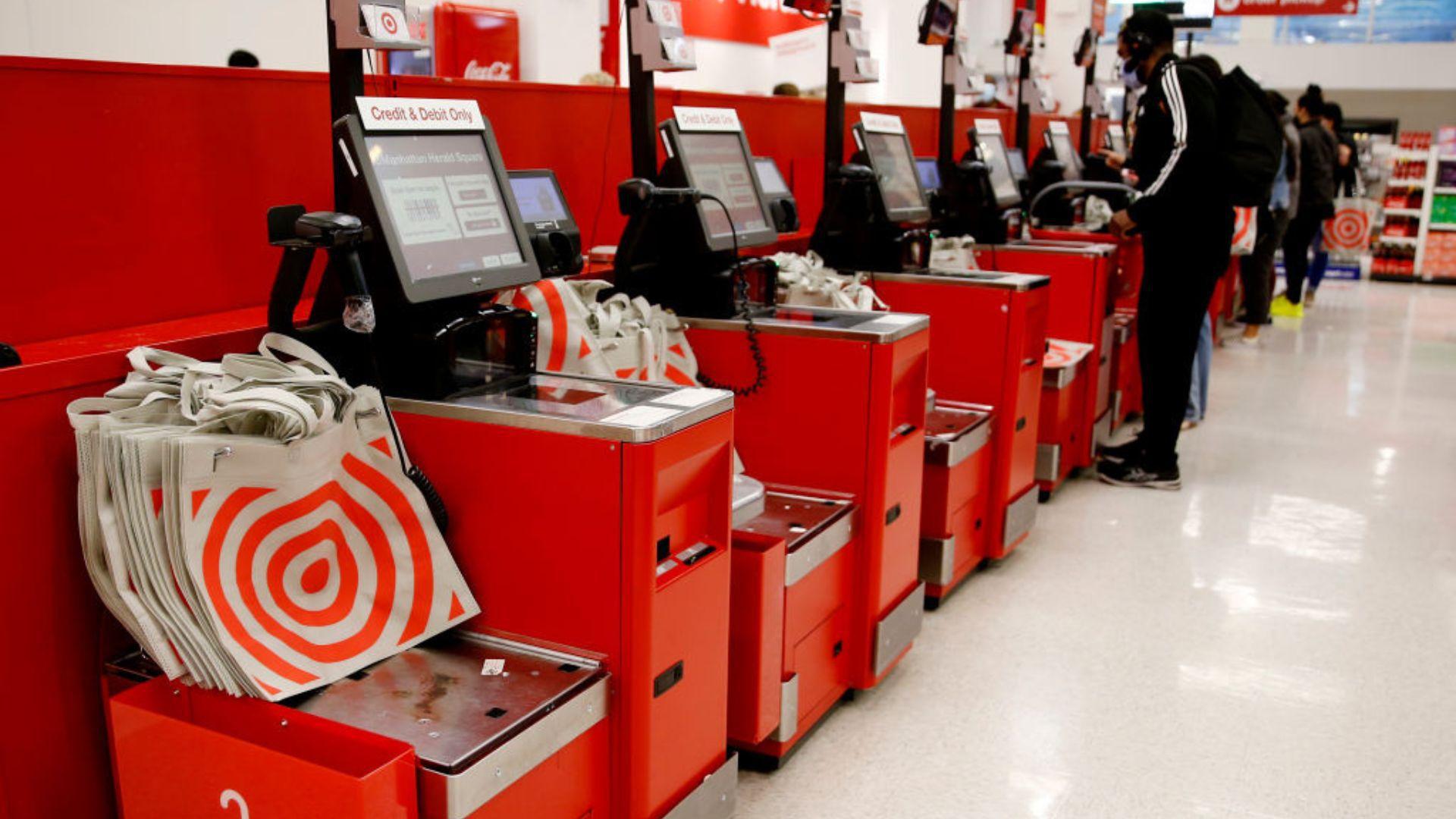
There have been instances where customers faced unexpected inconveniences. One notable situation was at a Target store in Clackamas, Oregon.
Customers reported that the store abruptly closed the only active human-operated register, leaving them with no option but to navigate the self-checkout machines and adding to the frustration.
The Growing Allure of Online Shopping

In response to these changes, a portion of the population is pivoting to online purchasing. Their motivation seems clear: to avoid potential hitches and the perceived unpredictability of using self-checkout machines.
Online shopping offers them a seamless, hassle-free experience without the concerns of in-store systems malfunctioning.
Calling for Retaining the Human Touch
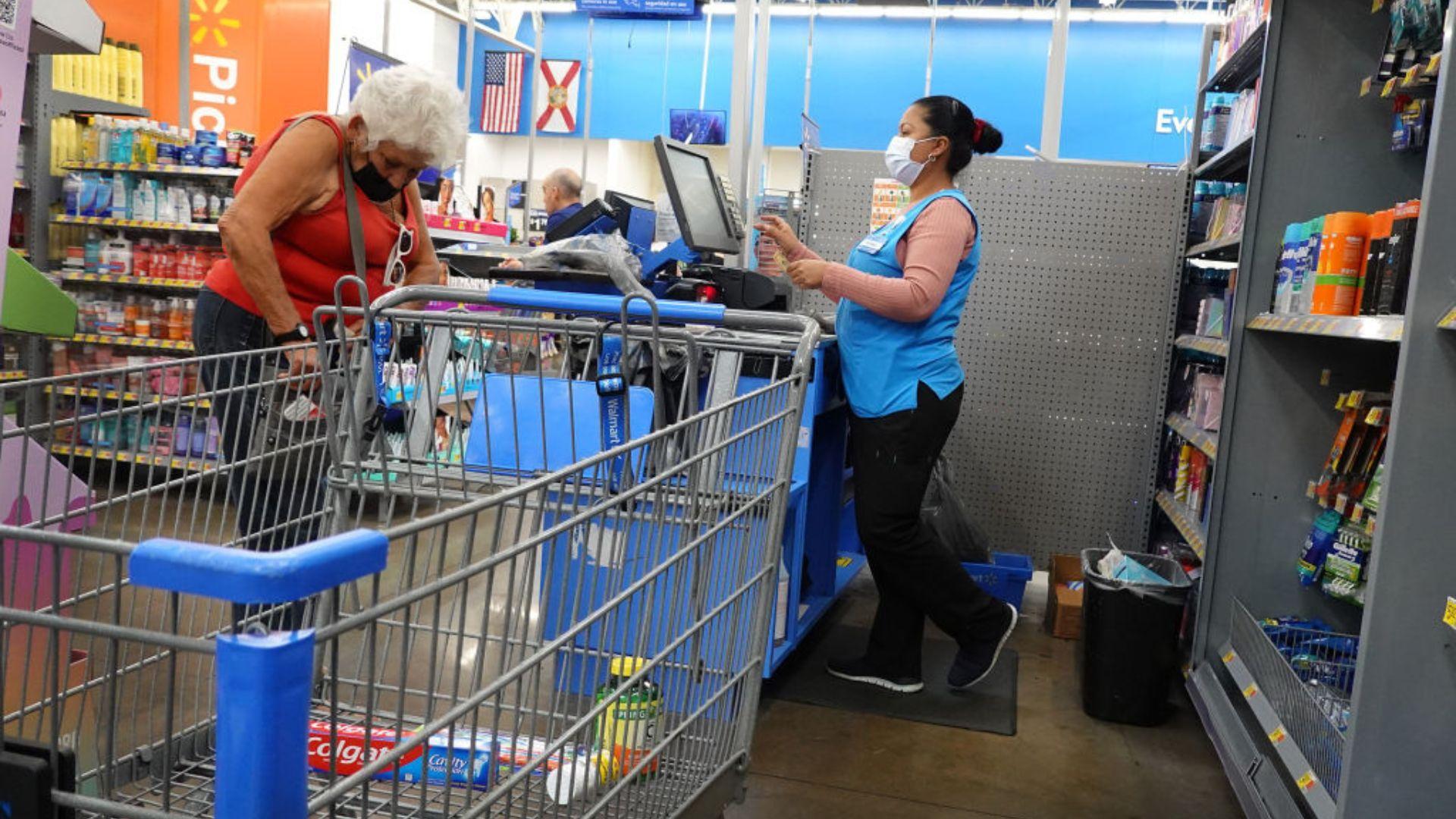
Amidst technological advances, a significant number of customers continue to value the irreplaceable human touch.
They emphasize the unparalleled essence of human interaction in providing a comforting and personalized customer service experience, hinting at a balance that might need to be struck between technology and humanity.
Understanding Self-Checkout Limitations
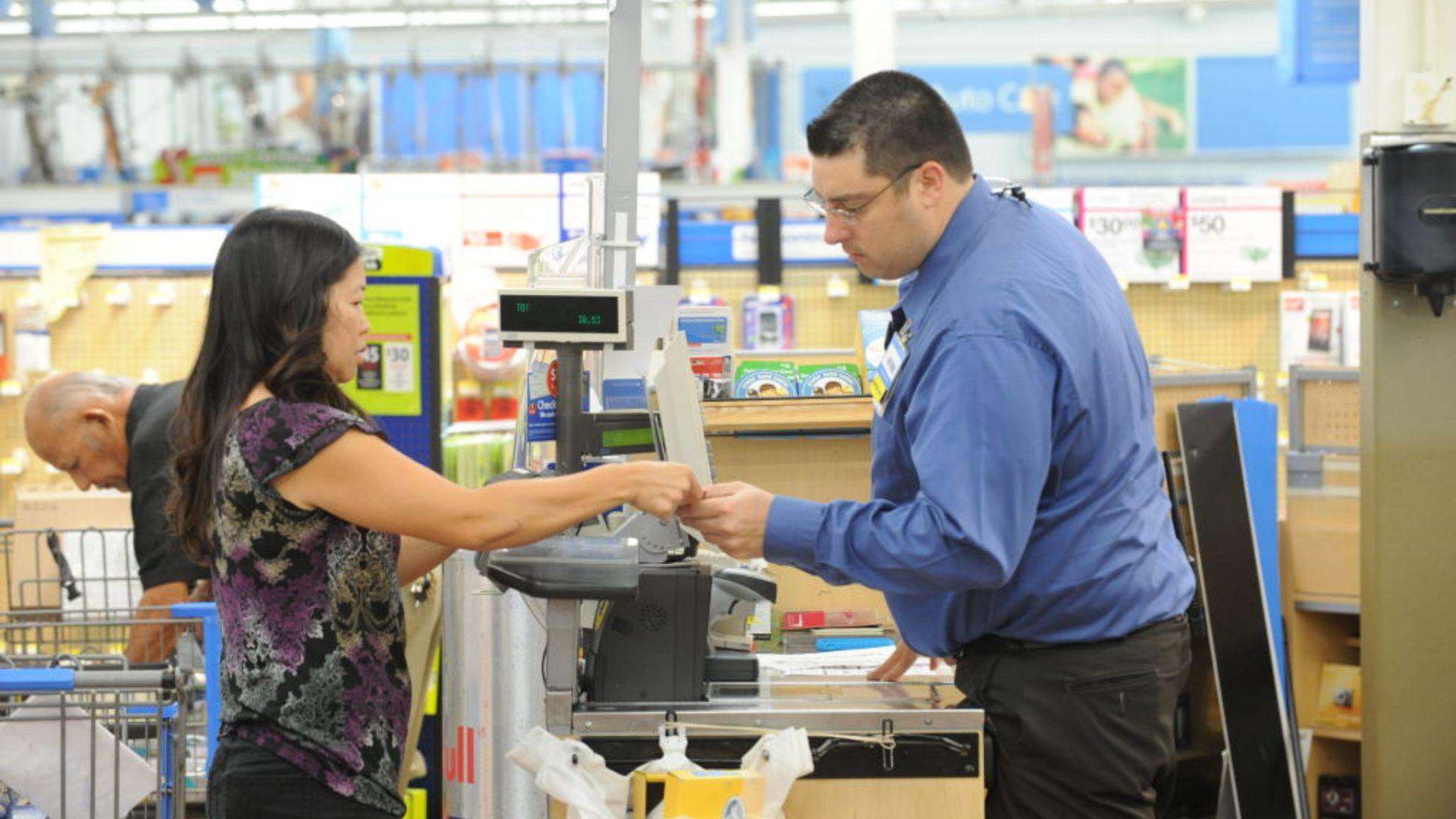
The self-checkout system isn’t without its limitations. Notably, some machines restrict users to check out only 10 items or less.
For customers with longer shopping lists, this policy has been a point of contention and frustration, as it might necessitate multiple checkout sessions or a search for human-operated counters.
Unraveling the Shoplifting Debate
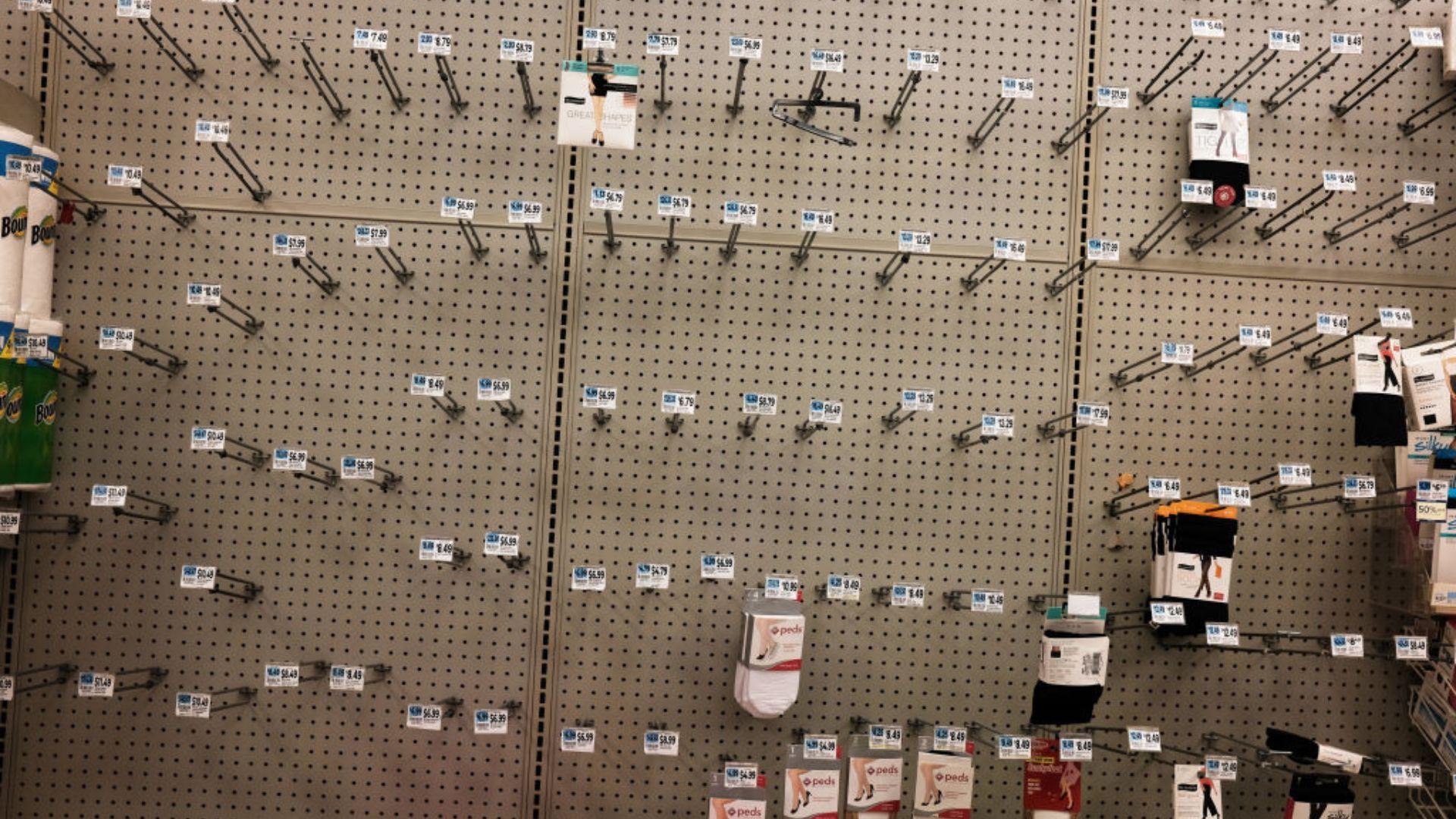
One ongoing discussion on the rise of self-checkouts pertains to shoplifting concerns. The underlying thought is that these machines could be a way to curb theft.
However, this perspective is complicated by existing data, that draws connections between self-checkouts and increased theft instances.
A Deep Dive into Retail Theft Data
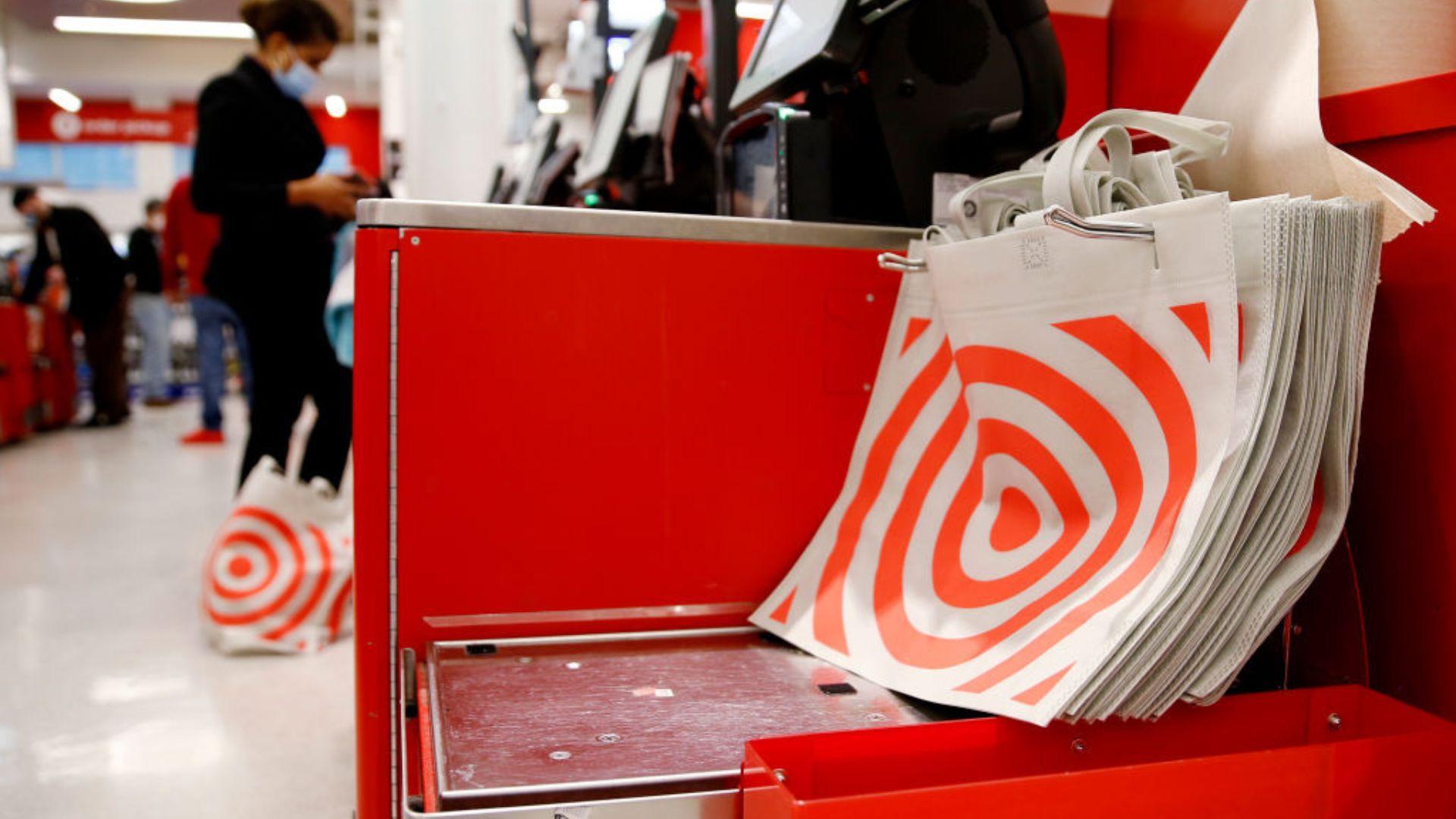
According to a detailed survey by the National Retail Federation, retail shrinkage has ballooned into a staggering $100 billion issue.
What’s even more revealing is that a considerable 65% of this problem can be directly traced back to self-checkout systems, indicating a nuanced challenge retailers need to address.
Reevaluating the Efficacy of Self-Checkouts
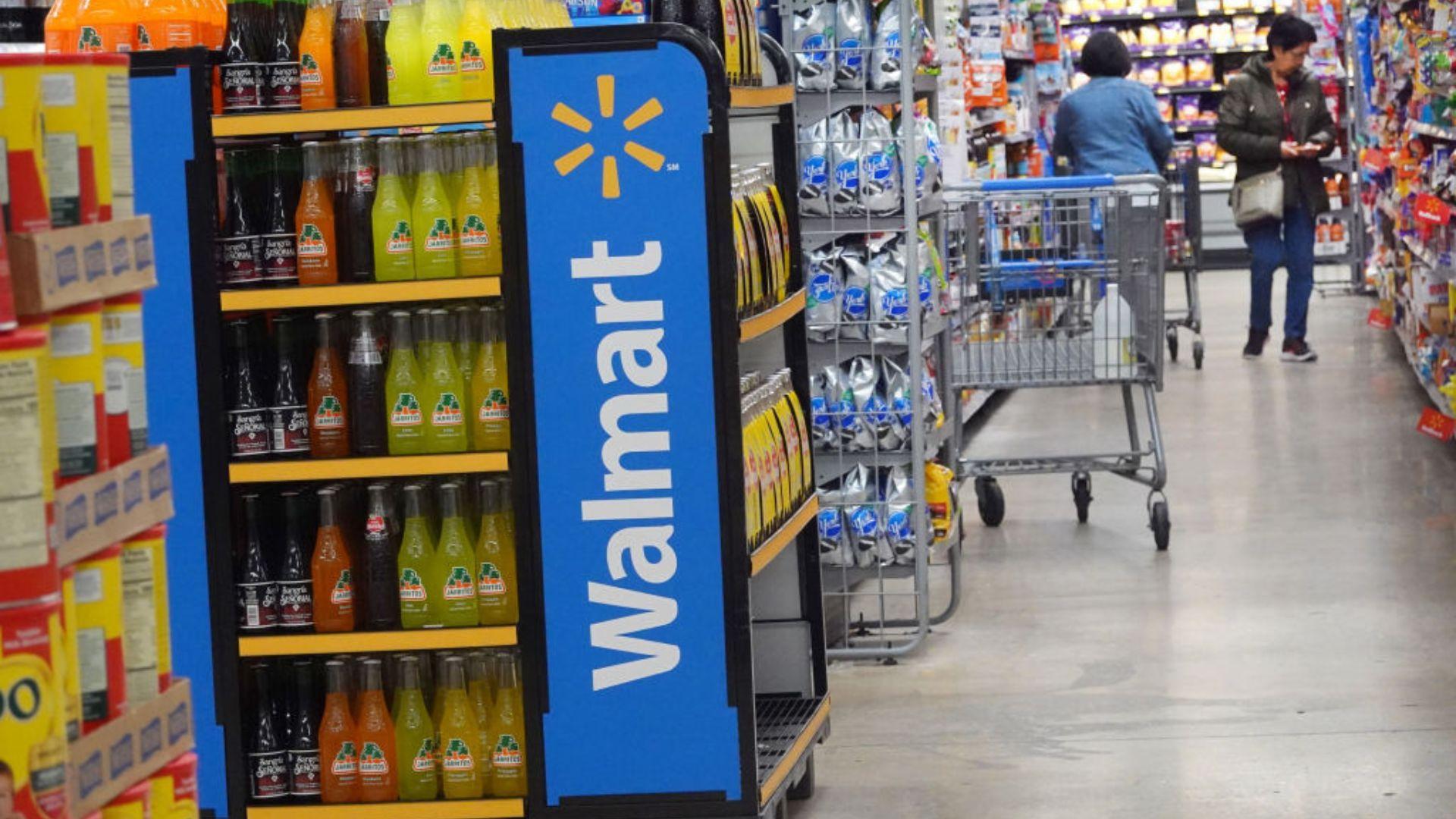
The debate intensifies as some segments of the public question the effectiveness of self-checkouts as a theft prevention strategy.
Data suggesting a correlation between self-checkouts and heightened theft underscores this viewpoint, fueling discussions about the real benefits and drawbacks of automated checkout systems.
Store Closures Amid Rising Theft Concerns
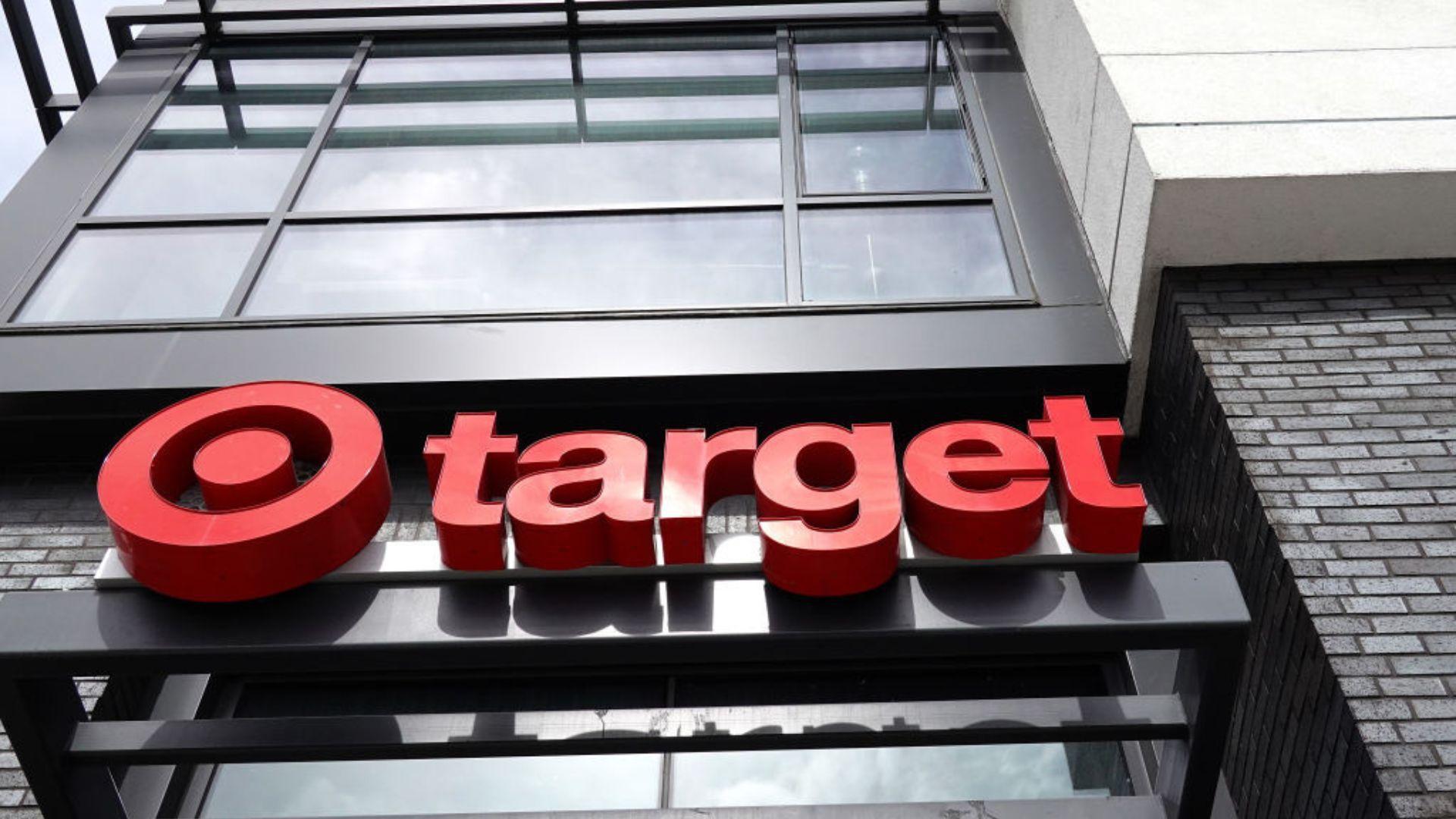
In a consequential move, Target has shuttered nine stores across several states. The rationale provided was the escalating challenges posed by organized retail crime and theft.
Even after implementing a myriad of preventive measures, Target struggled to ensure the consistent safety and well-being of its team members and customers.
Evaluating Walmart’s Approach to Theft Dilemmas
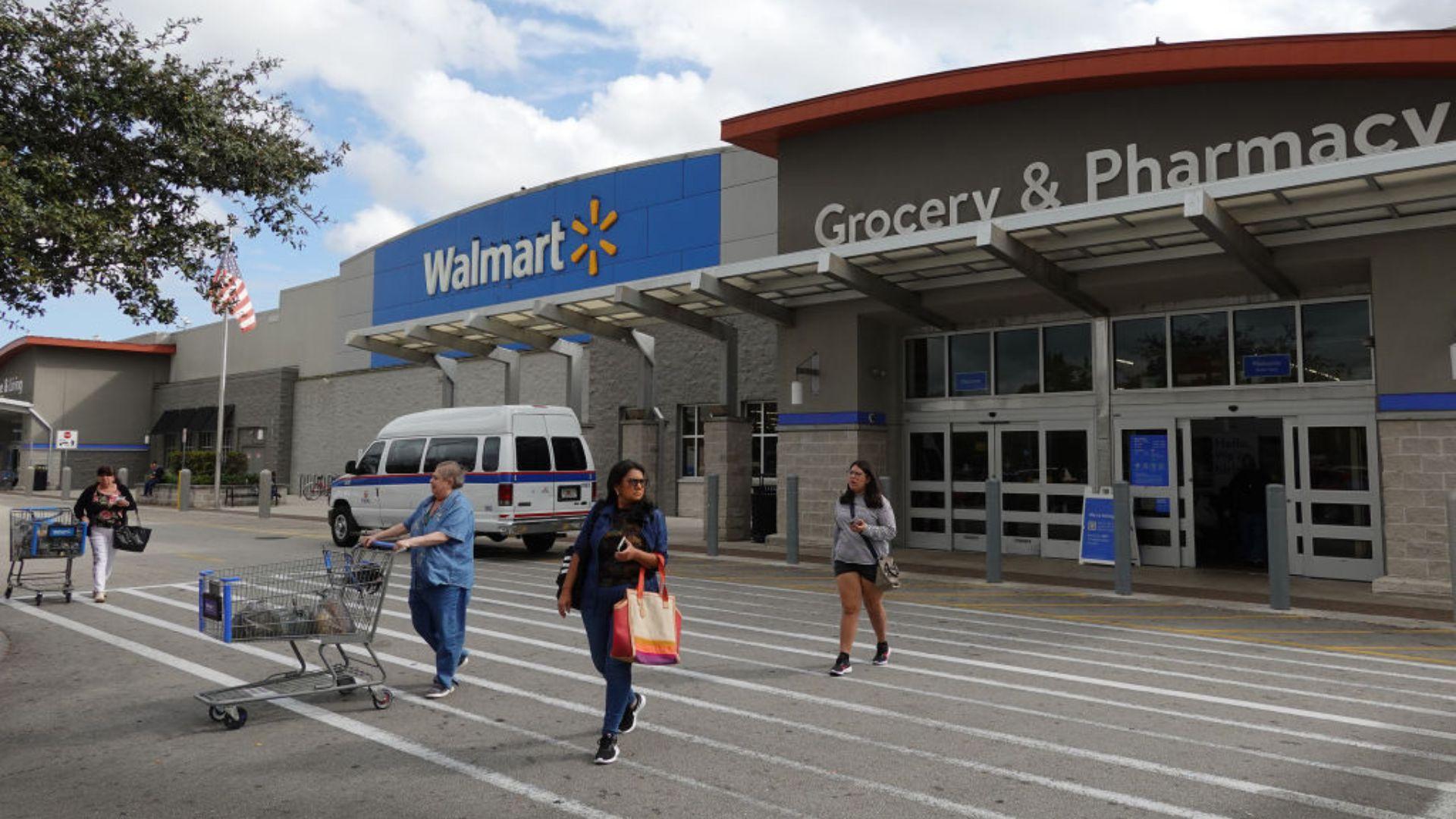
Mirroring Target’s challenges, Walmart has also had to close several store locations. CEO Doug McMillon has alluded to theft concerns when discussing potential closures in previous communications.
The precise number of closures attributed solely to theft, however, remains unspecified and a topic of interest.
Gauging the Impacts of Self-Checkout Integration
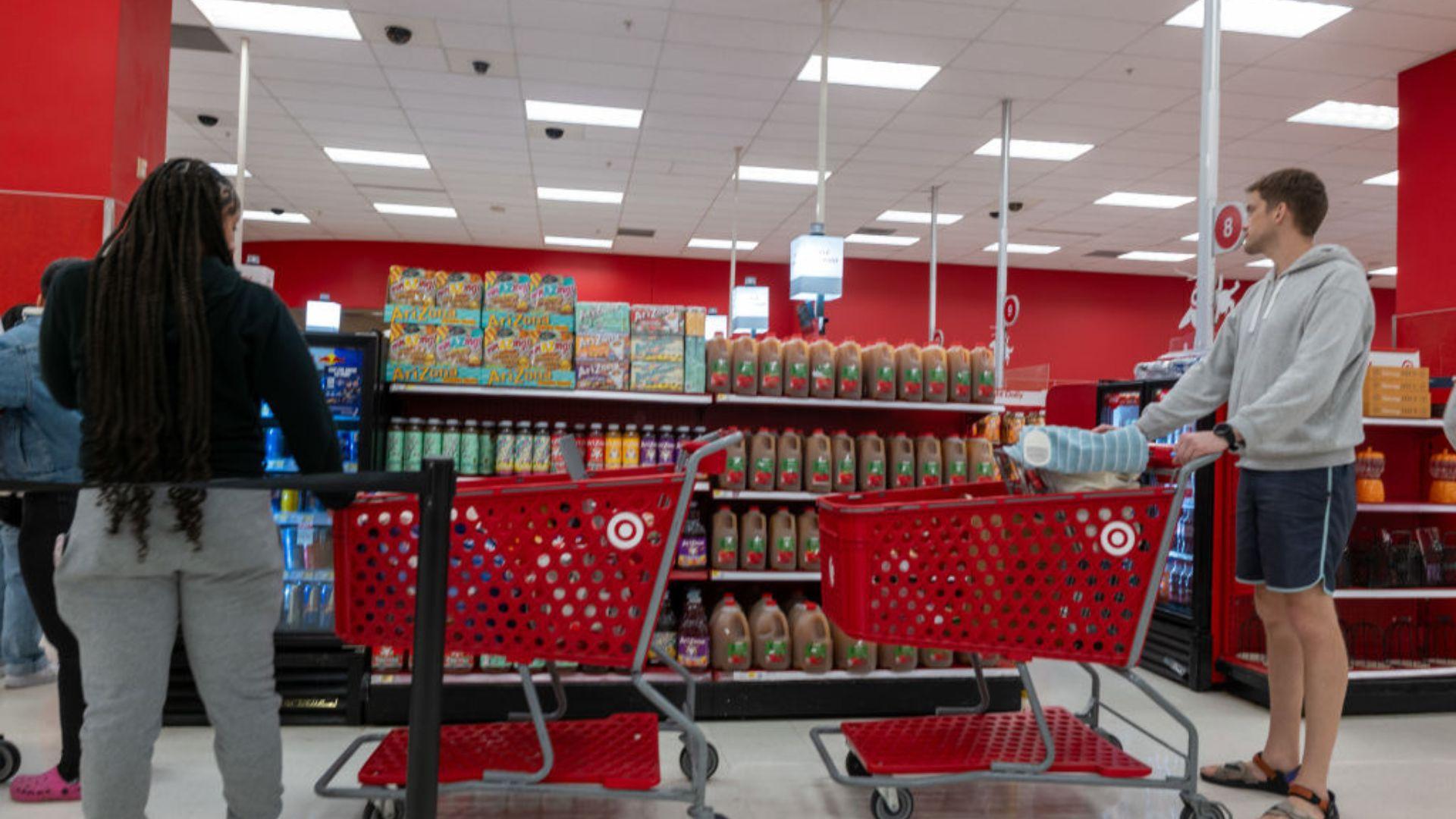
The pronounced move towards self-checkout systems signals a potential transformation in the broader retail landscape.
As discussion and debate persists, both retailers and their customers are keenly observing the long-term ramifications of these technological integrations and their effect on the overall shopping experience.
